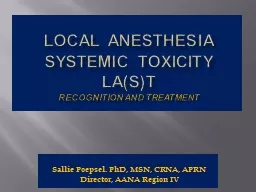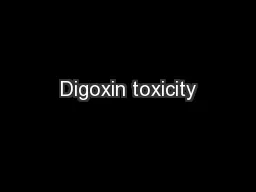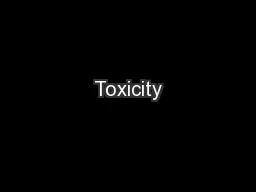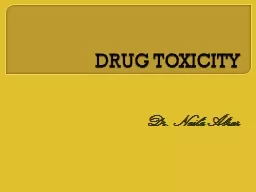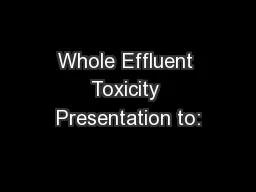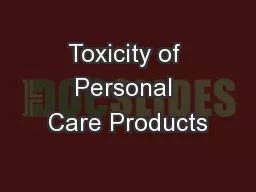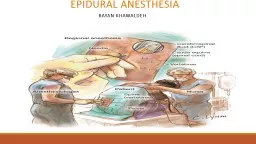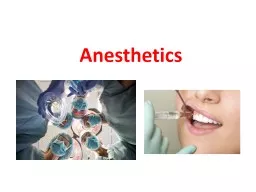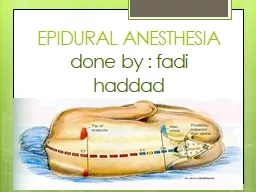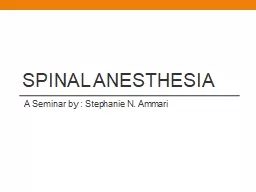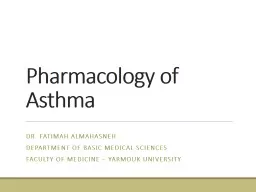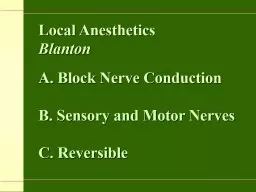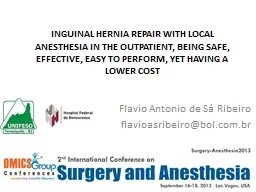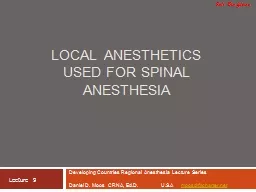PPT-Local Anesthesia Systemic Toxicity LA(S)T
Author : aaron | Published Date : 2018-12-04
RECOGNITION and Treatment Sallie Poepsel PhD MSN CRNA APRN Director AANA Region IV Financial disclosure Objectives STAY AWAKE after Lunch Describe the background
Presentation Embed Code
Download Presentation
Download Presentation The PPT/PDF document "Local Anesthesia Systemic Toxicity LA(S)..." is the property of its rightful owner. Permission is granted to download and print the materials on this website for personal, non-commercial use only, and to display it on your personal computer provided you do not modify the materials and that you retain all copyright notices contained in the materials. By downloading content from our website, you accept the terms of this agreement.
Local Anesthesia Systemic Toxicity LA(S)T: Transcript
Download Rules Of Document
"Local Anesthesia Systemic Toxicity LA(S)T"The content belongs to its owner. You may download and print it for personal use, without modification, and keep all copyright notices. By downloading, you agree to these terms.
Related Documents

